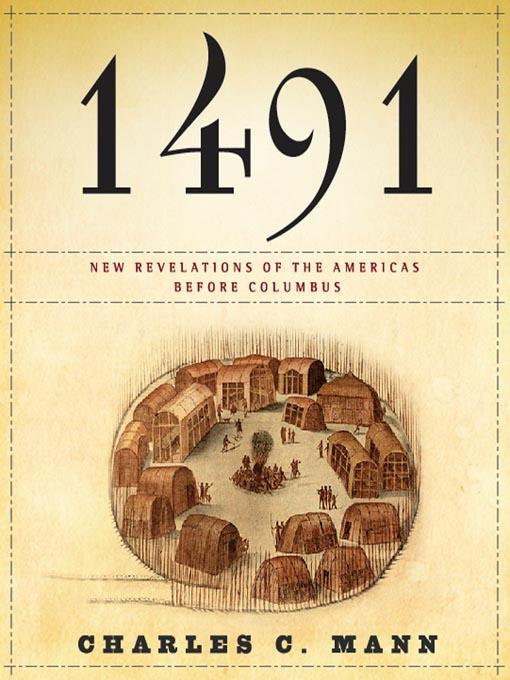
1491
New Revelations of the Americas Before Columbus
فرمت کتاب
audiobook
تاریخ انتشار
2005
نویسنده
(p) 2005 HighBridge Companyناشر
HighBridge Companyشابک
9781598872637
کتاب های مرتبط
- اطلاعات
- نقد و بررسی
- دیدگاه کاربران
نقد و بررسی

Europeans arrived in the Americas in 1492 to find . . . people concerned with personal cleanliness in an age when Europeans rarely bathed, houses warmer than the ones they had left behind in Europe, and a prosperous Incan society without money. These are just a few of the facts Peter Johnson relates as he reads Charles C. Mann's study of pre-Columbus America. Johnson reads mainly to convey information, clearly but in a lecturer's voice. At times, he can be too dry, losing the natural humor that Mann includes. However, Mann's narrative is interesting enough to keep listeners' attention throughout. J.A.S. (c)AudioFile, Portland, Maine

Starred review from June 20, 2005
In a riveting and fast-paced history, massing archeological, anthropological, scientific and literary evidence, Mann debunks much of what we thought we knew about pre-Columbian America. Reviewing the latest, not widely reported research in Indian demography, origins and ecology, Mann zestfully demonstrates that long before any European explorers set foot in the New World, Native American cultures were flourishing with a high degree of sophistication. The new researchers have turned received wisdom on its head. For example, it has long been believed the Inca fell to Pizarro because they had no metallurgy to produce steel for weapons. In fact, scholars say, the Inca had a highly refined metallurgy, but valued plasticity over strength. What defeated the Inca was not steel but smallpox and resulting internecine warfare. Mann also shows that the Maya constructed huge cities and governed them with a cohesive set of political ideals. Most notably, according to Mann, the Haudenosaunee, in what is now the Northeast U.S., constructed a loose confederation of tribes governed by the principles of individual liberty and social equality. The author also weighs the evidence that Native populations were far larger than previously calculated. Mann, a contributor to the Atlantic Monthly
and Science
, masterfully assembles a diverse body of scholarship into a first-rate history of Native America and its inhabitants. 56 b&w photos, 15 maps. Agent, Rick Balkin. 40,000 first printing.

























دیدگاه کاربران